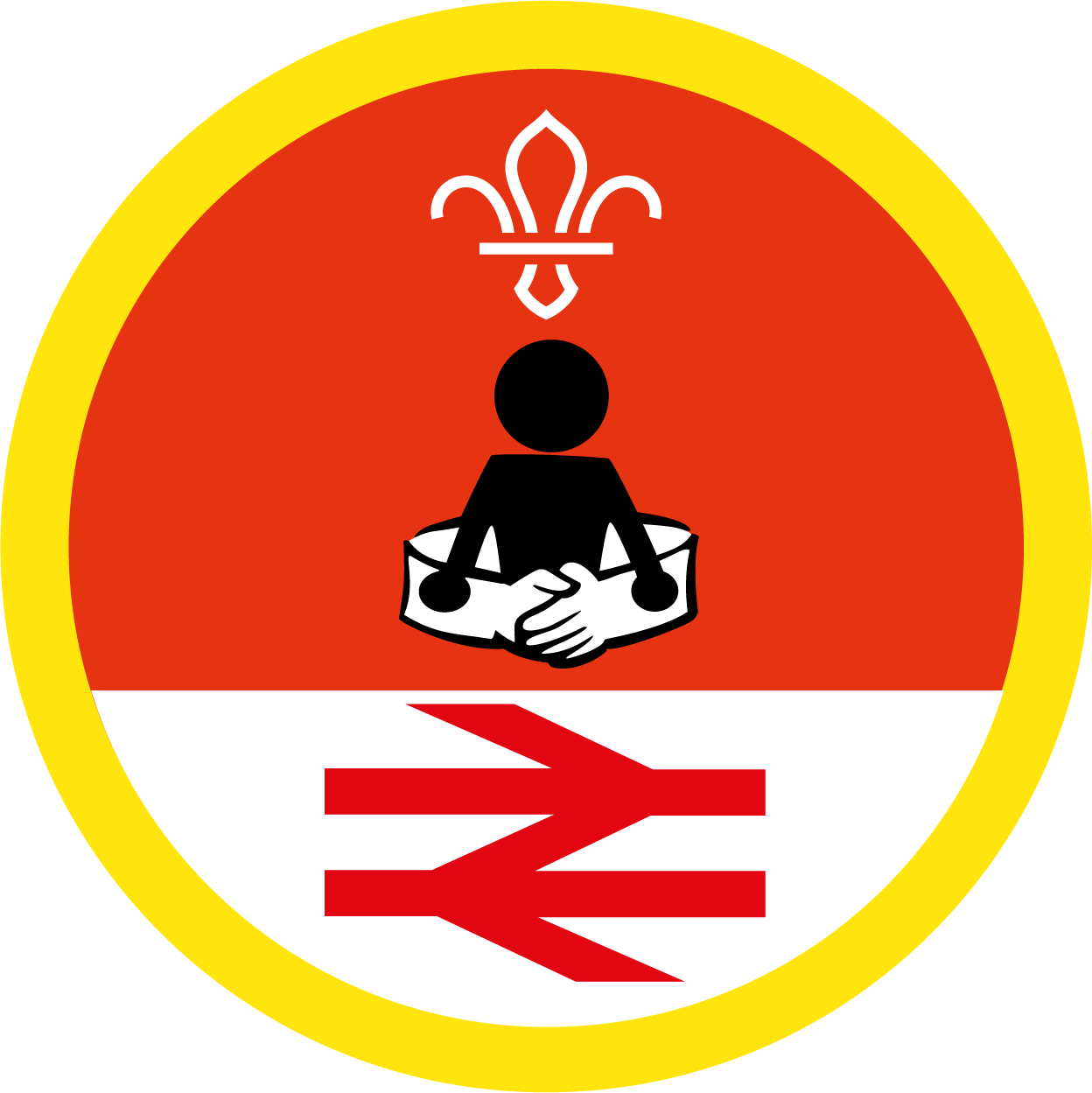Dangerous sculptures
You’ll need
- Clean items of recycling
- Masking tape
- Scissors
Talk about danger
- Everyone should sit in a circle.
- Everyone should take it in turns to name some places where it might be dangerous to play. Everyone should try to name some of the dangers of playing on, in, or near the places.
- Examples could include
- Railways – live cables, fast trains.
- Busy roads – fast cars, bikes.
- Building sites – uneven ground, heavy machines, dangerous substances.
- Cliffs – falling from height, crumbly ground, falling rocks.
- Canal banks – uneven ground, deep water, dirty water.
- Sand – sand collapse if digging holes, sharp objects in sand like broken shells.
- Gravel pits – unstable ground, dangerous dust.
- Farmyards – large animals, dangerous substances, heavy machines.
- River banks – uneven ground, deep water.
- Quarries – heavy machines, unstable ground.
- Moorlands – ticks, remote, uneven ground.
- Lakes – deep water, possibly high speed boats.
Build your models
- Split into small groups.
- Each group should choose a difference place from all the ones they talked about.
- Each group should use the pieces of recycling to make a model of the place, marking out some of the hazards and dangerous things.
- Once everyone has finished, the groups should put their models next to each other. Each group should stand behind the model they made.
- Everyone should look at each model. They should see which hazards they can spot, and the model’s makers should give a little tour, pointing out anything else they added.
Reflection
This activity helped you to be independent. Did you choose which area to model without an adult’s help? How did you decide which dangers to include? Are you responsible for your own personal safety? Why is it important to think about personal safety when making decisions about what you do and where you go?
This activity also helped you to value the outdoors. Why is it important to know about dangers before you go outside? Is it always easy to spot dangers when you’re outdoors? What dangers can you think of in and around your meeting place? How can you enjoy time outside while staying safe?
Safety
All activities must be safely managed. You must complete a thorough risk assessment and take appropriate steps to reduce risk. Use the safety checklist to help you plan and risk assess your activity. Always get approval for the activity, and have suitable supervision and an InTouch process.
- Scissors
Supervise young people appropriately when they’re using scissors. Store all sharp objects securely, out of the reach of young people.
- Rubbish and recycling
All items should be clean and suitable for this activity.
You could give people a place and a list of the possible dangers.
You could also draw, instead of making models. Groups could draw on one big piece of paper, or stick lots of smaller drawings together.
Different people prefer to communicate in different ways. People can choose whether they’re happy to get hands on, or whether they’d like to use words, pictures, or another method.
All Scout activities should be inclusive and accessible.
You could use your newfound risk spotting skills to spot dangers that could start a fire in your meeting place (and make an escape plan for your home), as part of working towards the Cub Fire Safety Activity Badge.
Young people should take charge of showing each other their models.
